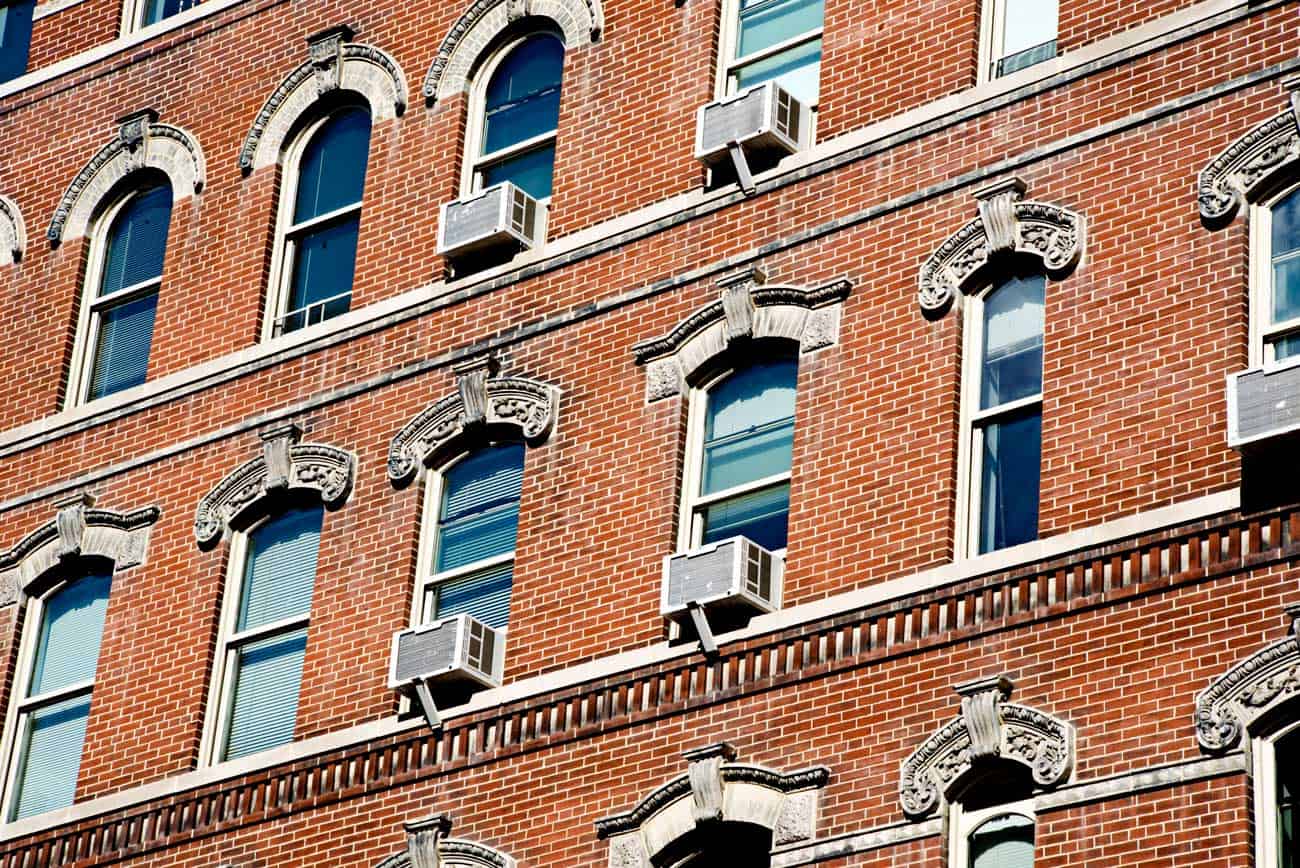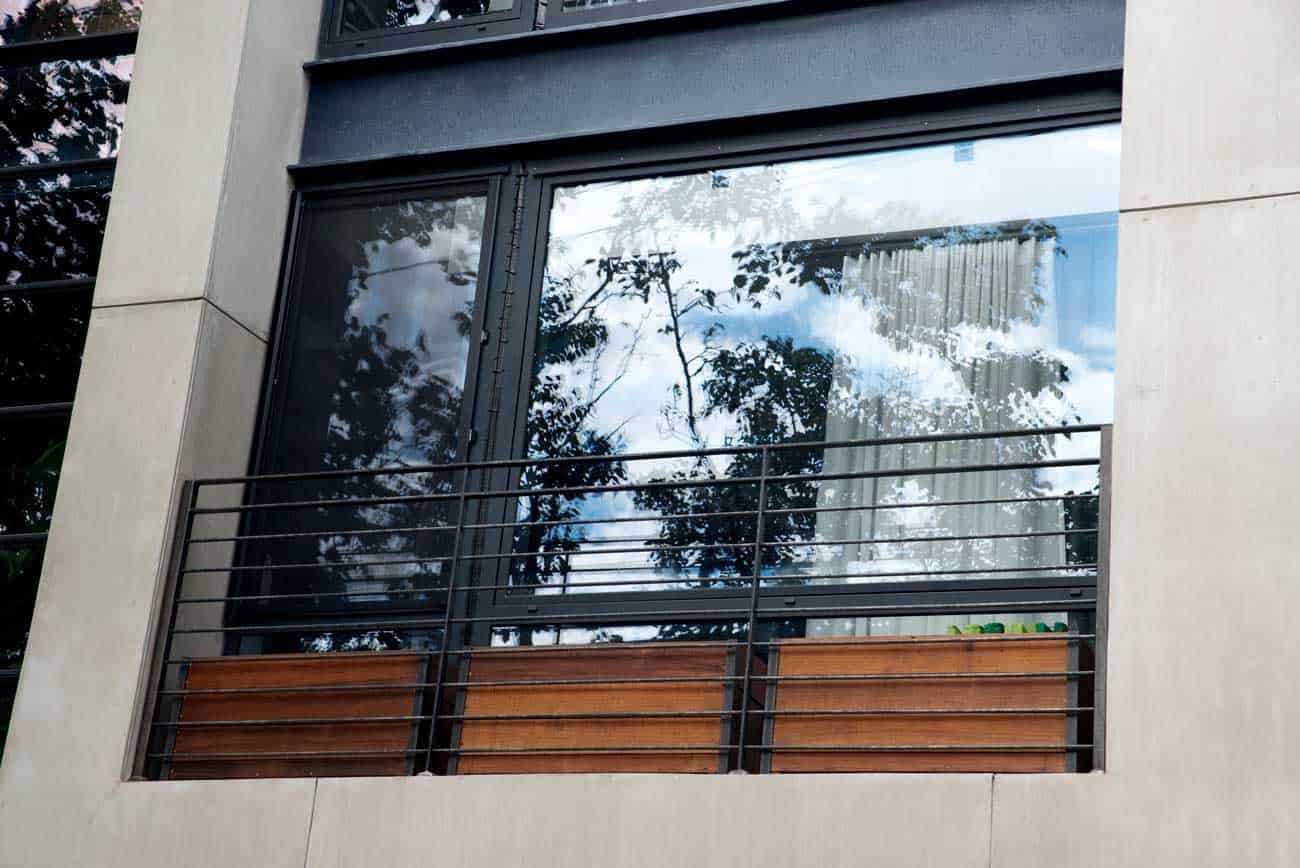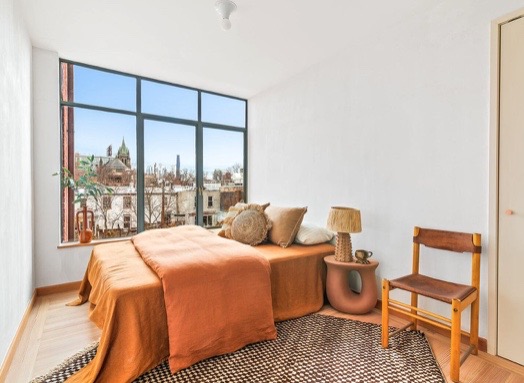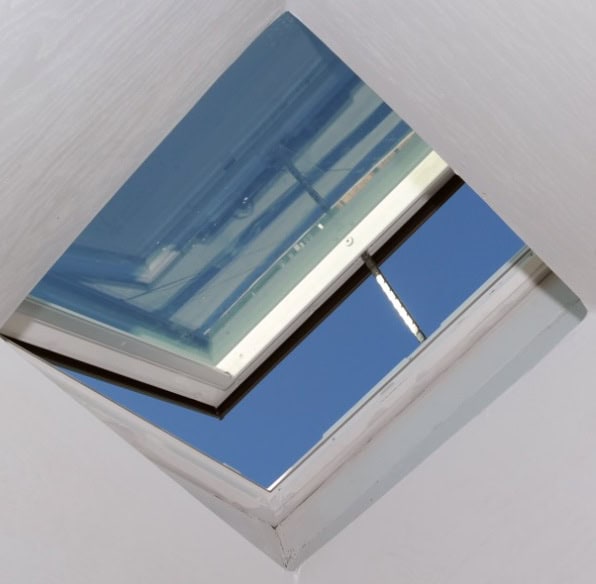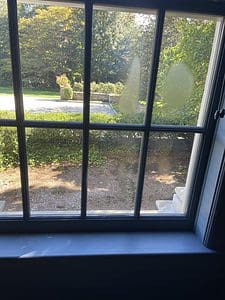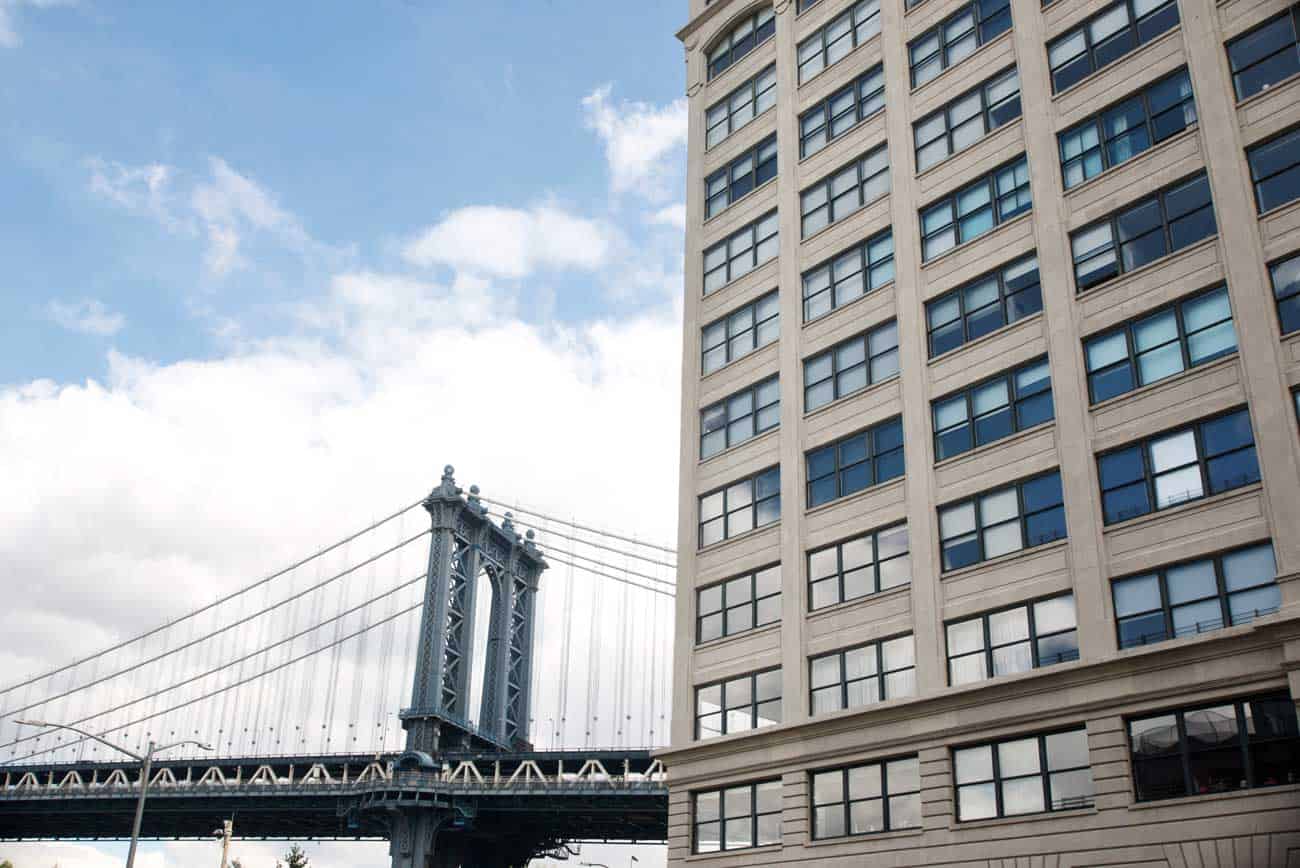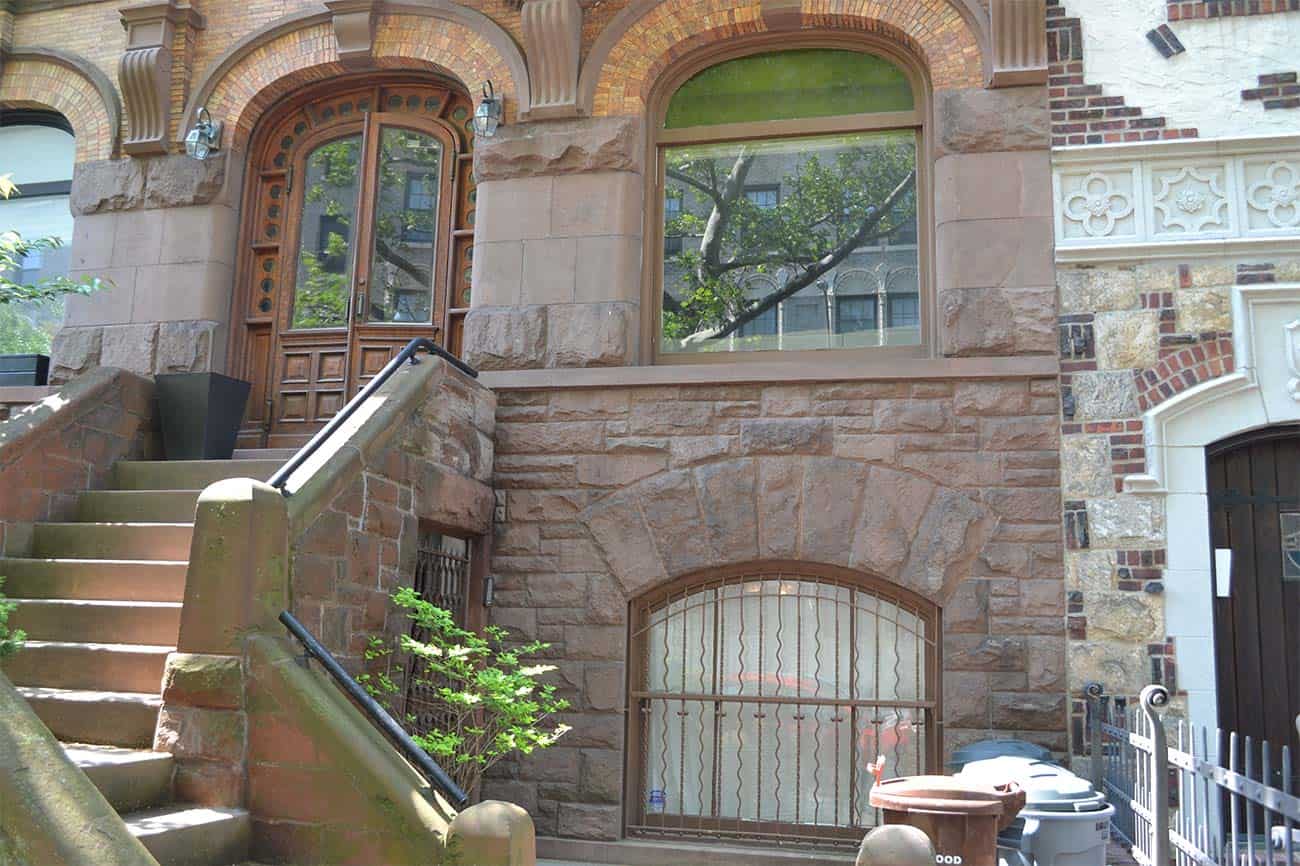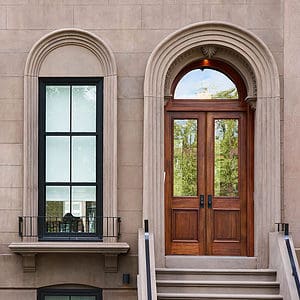Storm Windows Protect Invisibly
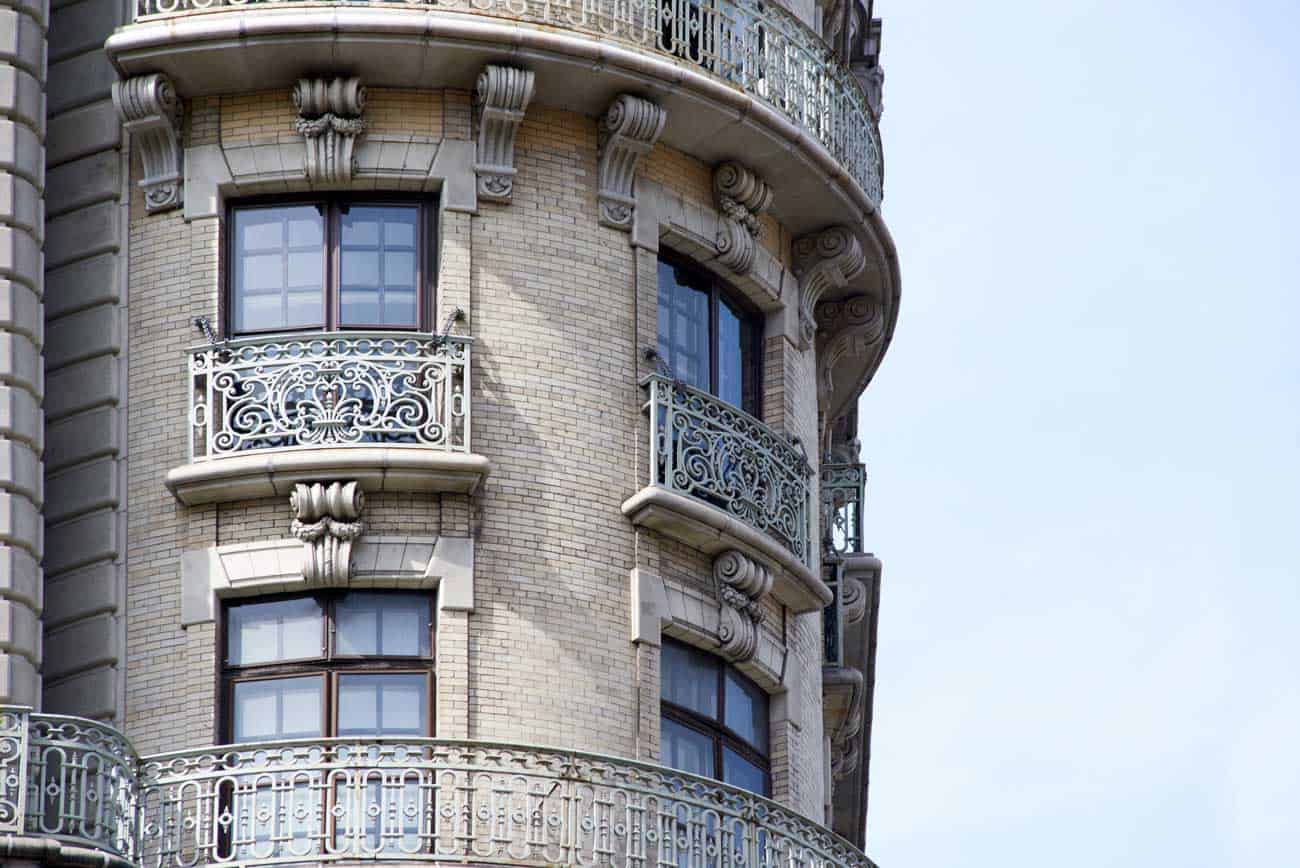
A Port in the Storm
In the never-ending pursuit for energy efficiency and cost-effectiveness, homeowners often consider replacing single-pane windows with double-pane as alternatives.
While this remains the optimal choice which adds value to the property itself, there is another feasible option in terms of energy-efficient solutions: low emissivity (low-e) storm windows.
These alternatives not only deliver similar advantages in terms of energy savings but also come with a significantly lower price tag.
Learn more from the U.S. Department of Energy.
Traditionally, the installation of high-performance double-pane windows has been considered as an effective method for enhancing energy efficiency in homes. However, the emergence of low-e storm windows presents an equally compelling alternative. Certified by the Attachment Energy Rating Council (AERC), these storm windows offer the potential to achieve comparable energy savings at approximately one-third of the cost.
A key advantage of low-e storm windows lies in their ability to reduce air movement in and out of existing windows, thereby minimizing drafts and enhancing indoor comfort levels while simultaneously lowering heating and cooling expenses. Unlike older models primarily made of clear glass, modern low-e storm windows feature a specialized coating that significantly reduces heat transmission. This additional insulation helps retain warmth during winter and keeps interiors cooler in summer, ultimately enhancing overall comfort.
Furthermore, information regarding the energy efficiency of storm windows is readily available for all AERC-rated products. Homeowners seeking assurance can easily identify storm windows bearing the ENERGY STAR label through the official ENERGY STAR website.
In contrast to outdated seasonal storm windows that required removal for maintenance or access, contemporary low-e storm windows are designed for seamless integration with existing architectural elements. Available in both fixed and operable models, they offer homeowners the flexibility to preserve the functionality of their original windows, whether single-hung or double-hung.
Indoor Storm Windows: These storm windows are designed to fit snugly within the interior window frame. Homeowners have the option to select frames made of either vinyl or aluminum. Typically, these windows feature solid glass, vinyl, or acrylic sheets, which can be either temporarily mounted for seasonal use or installed as a standalone window with the option to open. Installation is a breeze, with these windows often popping securely into place with ease.
Outdoor Storm Windows: Exterior storm windows typically come equipped with pre-drilled holes, simplifying the installation process. They are available in various configurations, offering homeowners a wide range of options to choose from.
The benefits of low-e storm windows extend beyond energy savings alone. In addition to cost-effective efficiency comparable to full window replacements, they also enhance the aesthetic appeal of homes. Their operability allows for ventilation while reducing drafts, thereby enhancing overall indoor comfort levels. Moreover, they serve as effective sound barriers, dampening external noise and fostering a serene home environment.
In terms of performance, low-e storm windows outshine conventional counterparts by reflecting radiant heat 35% more effectively. They also serve as effective air sealing measures, reducing overall home air leakage by 10% or more. Whether installed internally or externally, these storm windows have the potential to yield substantial savings on heating and cooling costs, ranging from 10% to 30%, depending on the type of existing windows in the home.
The adoption of low-e storm windows represents a practical and cost-effective approach to enhancing energy efficiency in residential settings. By leveraging cutting-edge technology and design, these storm windows offer a compelling alternative to traditional window replacements. With benefits spanning from energy savings and improved comfort to enhanced aesthetics and noise reduction, they present a favorable solution for homeowners seeking to upgrade their homes while staying within budgetary constraints.
